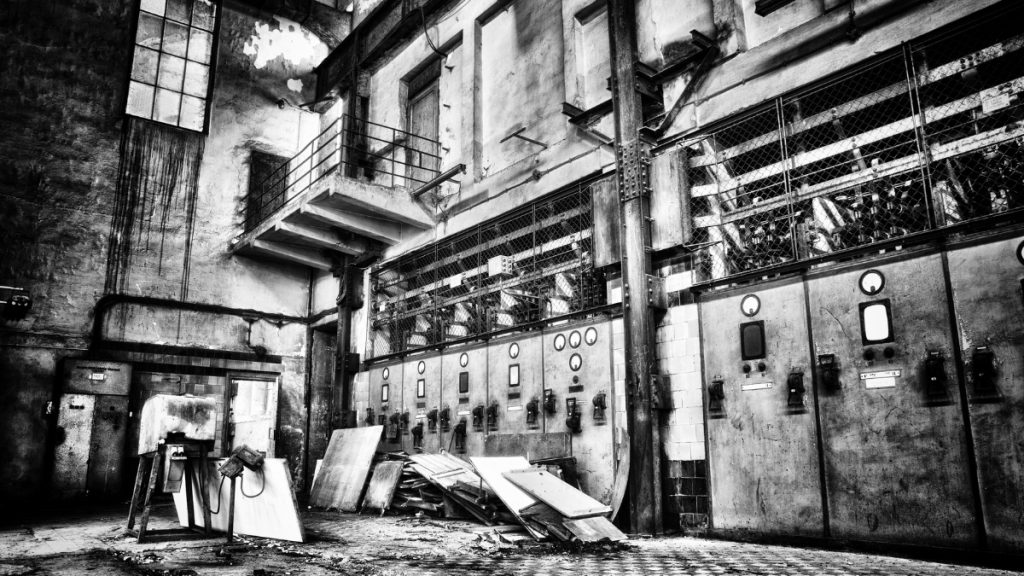Humans are constantly inventing and innovating, so it makes sense that the way we live and the world around us is also constantly changing. Change or progress can sometimes mean that jobs that existed in the past don’t exist anymore. Either we just don’t require that function any more, or we’ve developed alternatives.
20 jobs that don’t exist anymore
Here are 20 examples of jobs that don’t exist anymore.
Carriage Makers
These skilled craftsmen used to design and create the carriages towed by horses. Their work involved intricate woodworking, metalworking, and upholstery skills. With the invention of automobiles and trains, the demand for horse-drawn vehicles disappeared, making this trade obsolete.
Slubber Doffers
Often children, these workers had the tedious job of removing empty bobbins from spinning frames in textile mills. The work was physically demanding, repetitive, and hazardous, as it required quick hands near heavy machinery. The advent of automated textile machinery rendered this role unnecessary.
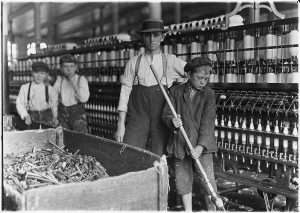
Pin Setters
Before the advent of automated bowling alleys in the 1950s, young teens, often referred to as “pin boys,” were tasked with resetting the bowling pins after each turn. It was a physically demanding role requiring speed and coordination, as they worked in busy lanes while dodging stray bowling balls.
Knocker-Uppers
Also known as human alarm clocks, these workers were around from 400BC until after the industrial revolution. Their job was to head out each morning and knock on their paying customers’ doors or window using a baton or long stick to get the occupants up in time for work each day.
Lamp Lighters
Before electricity was invented and commonly available, they were needed to go around and light the street lamps by hand every single day.
Switchboard Operators
Switchboard operators were pivotal in connecting telephone calls in the early days of telecommunications. They worked at large boards, plugging and unplugging cords to route calls, often in fast-paced environments. By the 1960s, technological advancements automated this process, making the job redundant.
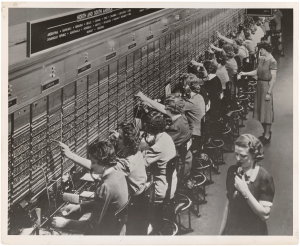
Resurrectionists or “Body Snatchers”
These individuals had the grisly job of illegally exhuming freshly buried corpses to sell to anatomists and medical schools for research. Though morally and legally questionable, their work significantly contributed to the development of modern medical practices.
Projectionists
Were the people responsible for operating film projectors in cinemas, including changing the film reels when they saw cues on screen. Modern day projectors are digital and operators just need to press play or set a timer.
Signalmen
Worked on the railways before automated systems were created. They did a variety of jobs that ensured that trains ran on time without having accidents.
Camera Film Developers
Digital cameras as we know them today only became popular in the mid-to-late 1990s. Before then, most cameras contained film that needed developing before you could see the images. Some film developers are still around today, but most photographers who use camera film process their images themselves in darkrooms.

Lift Operators
Up until the 1970s you’d often be met in a lift by an operator who might have to manually open and close the doors, control the speed of the lift, and announce what or who was located on each floor as the car approached it.
Linotype Operators
Responsible for operating the Linotype machines that revolutionised the printing and factory industries worked between 1886 right up until the late 1960s. They had to accurately type each line of text that formed the metal strips for printing.
Human Computers
This was the name give to the people who performed complex calculations before computers and calculators took over the roles. Mary Jackson, Katherine Johnson and Dorothy Vaughan are three Human Computers whose secret work enabled NASA space expeditions between 1940 and 1960.
Clock Keepers
Their job was to track time using basic maths skills to ensure the accuracy of clocks and other time keeping devices.
Lectors
Lectors read aloud to factory workers during long shifts, keeping them entertained with news, literature, and political commentary. This unique role boosted morale and even inspired debate among workers. As radios became affordable, the need for lectors vanished.
Aircraft Listeners
Before radar technology, aircraft listeners used giant acoustic mirrors and sound-detecting devices to identify the approach and direction of enemy planes. The role required intense concentration and was critical during wartime. Radar systems made this role unnecessary by the mid-20th century.
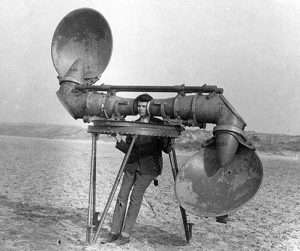
Milkmen
Used to collect the milk from local dairy farmers and deliver it to the doors of their customers.
Dunny Men
Would collect “nightsoil” from the old-fashioned outhouse dunnies which have now been (thankfully) replaced by modern sewerage and septic systems.
Scribes
For centuries before the invention of printing, this was a job that required some education. Scribes would have to copy text word for word to duplicate books and historical documents.
Video Store Employee
Up until about 20 years ago, VHS videos and DVDs were how most people enjoyed watching a movie outside of the cinema. With the onset of digital on-demand and streaming services, the good old video store that used to be in every suburb is no longer.
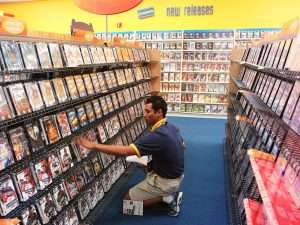
It’s not necessarily a bad thing
When you hear about jobs that don’t exist anymore, it’s easy to think it’s something negative, and it’s often reported that way in the news too.
But often it can be a good thing, as you won’t have to do some of the more repetitive, tiresome, labour intensive, or downright unpleasant jobs that you might have been offered years ago.
Remember too that when some roles are no longer required, a whole new suite of careers may be created along with the latest developments and changes to our lifestyles and environments.
Keep looking ahead
There are lots of people whose job it is to look at all the information and statistics to make predictions about the growth or decline of different jobs.
It’s a good idea to keep up to date with the latest news and statistics – it could be really helpful when you’re considering future careers. The results might also influence your subject selection at high school, as well as which pathway you choose once you leave school.
Find out more about the future of work
If you’d like to learn a bit more about what changes to the workforce might look like in the next 5 to 10 years and beyond, there are lots of other blogs on our website you might like to read.


